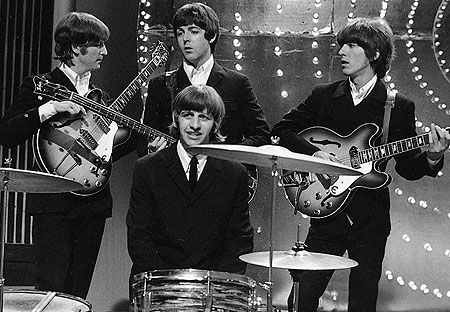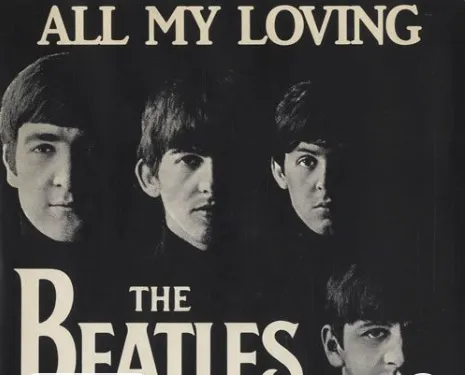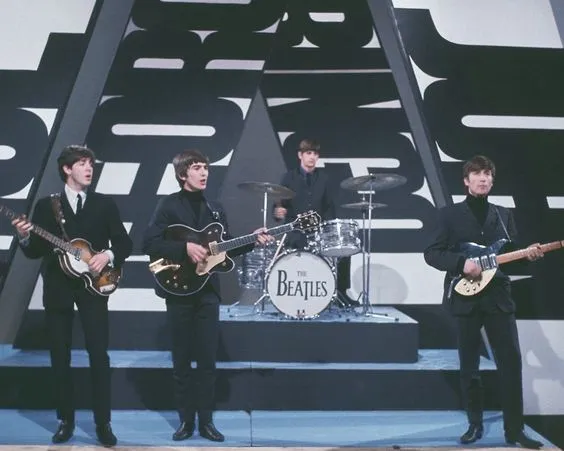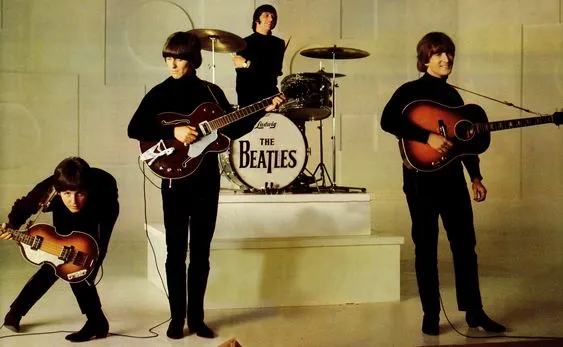About the song
(Watch the video below)
In the vast catalog of The Beatles' music, "What Goes On" often stands in the shadow of their more prominent hits. Yet, this song, tucked away in the album "Rubber Soul," possesses a charm and simplicity that make it a hidden gem in the band's repertoire. In this exploration, we'll uncover the layers of "What Goes On," examining its origins, musical elements, and enduring appeal.
Released in 1965 as part of the groundbreaking "Rubber Soul" album, "What Goes On" was credited to Lennon-McCartney-Starkey, signifying a collaborative effort among John Lennon, Paul McCartney, and Ringo Starr. However, it is primarily recognized as Starr's first songwriting credit with The Beatles, making it a significant milestone in his career within the band.
At its core, "What Goes On" is a straightforward country-rock song, characterized by its infectious rhythm, twangy guitar licks, and down-home lyrics. The song's simplicity belies its catchy melody and sing-along chorus, making it an instant earworm that sticks in the listener's mind long after the song has ended.

Lyrically, "What Goes On" explores themes of heartbreak and betrayal, with its protagonist lamenting the loss of a loved one and questioning the reasons for their departure. Lines such as "What goes on in your heart? What goes on in your mind?" reflect the uncertainty and anguish of unrequited love, while the chorus serves as a cathartic release, allowing the singer to express his emotions and find solace in music.
Musically, "What Goes On" draws inspiration from American country and folk music, with its distinctive blend of acoustic guitars, harmonica, and steady rhythm evoking images of dusty roads and honky-tonk bars. The song's arrangement is deceptively simple, yet it possesses a raw energy and authenticity that capture the spirit of traditional country music.
One of the highlights of "What Goes On" is Ringo Starr's lead vocal performance, which showcases his distinctive gravelly voice and understated charm. Despite being overshadowed by Lennon and McCartney as vocalists, Starr's delivery imbues the song with a warmth and sincerity that elevate it beyond a mere album filler.
"What Goes On" may not have achieved the same level of commercial success as The Beatles' more well-known hits, but its enduring appeal lies in its timeless quality and authenticity. The song's straightforward lyrics and catchy melody make it accessible to listeners of all ages, while its roots in American country music give it a universal appeal that transcends cultural boundaries.

In addition to its musical merits, "What Goes On" holds historical significance as one of the few songs in The Beatles' catalog to feature Ringo Starr as a songwriter. While Starr's contributions to the band's songwriting process were limited compared to Lennon and McCartney, "What Goes On" serves as a testament to his talent and creativity as a musician.
Despite its modest origins, "What Goes On" has left a lasting impact on fans and critics alike, with many praising its simplicity, honesty, and infectious melody. Over the years, the song has been covered by numerous artists, including country music legends like Johnny Cash and George Jones, further solidifying its status as a classic of the genre.
In conclusion, "What Goes On" by The Beatles may not receive the same recognition as their more famous hits, but its enduring appeal and timeless quality make it a hidden gem in the band's vast repertoire. With its catchy melody, heartfelt lyrics, and authentic country-rock sound, the song stands as a testament to The Beatles' versatility and creativity as musicians. Whether listened to as part of the "Rubber Soul" album or discovered anew by fans, "What Goes On" continues to charm and delight listeners with its simple yet irresistible charm.



